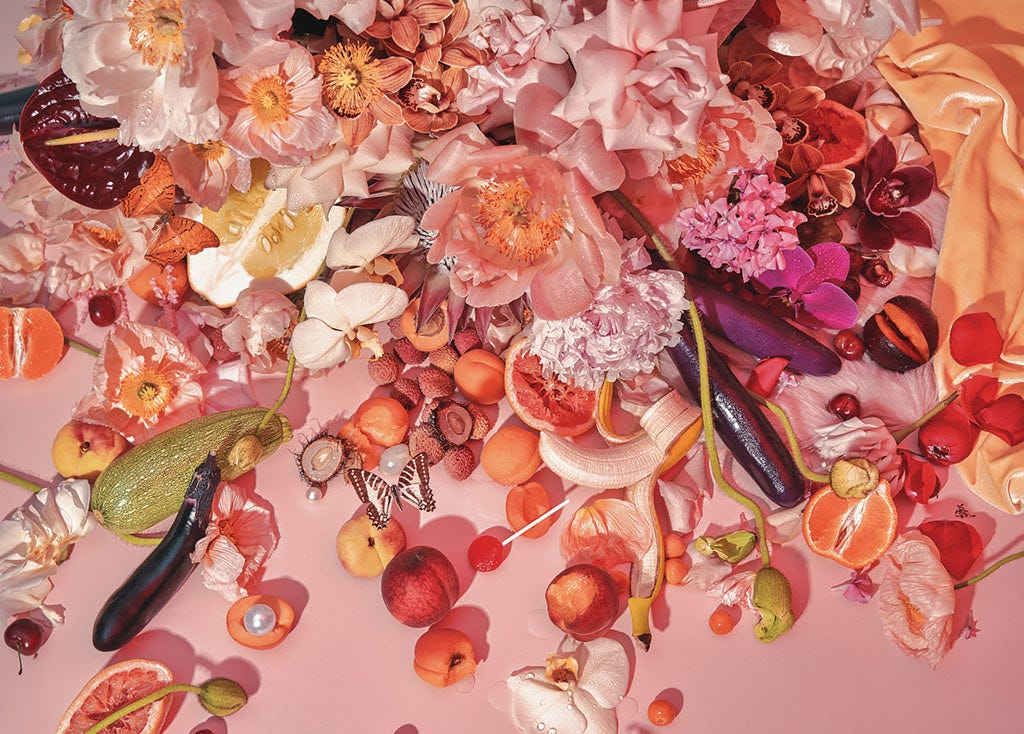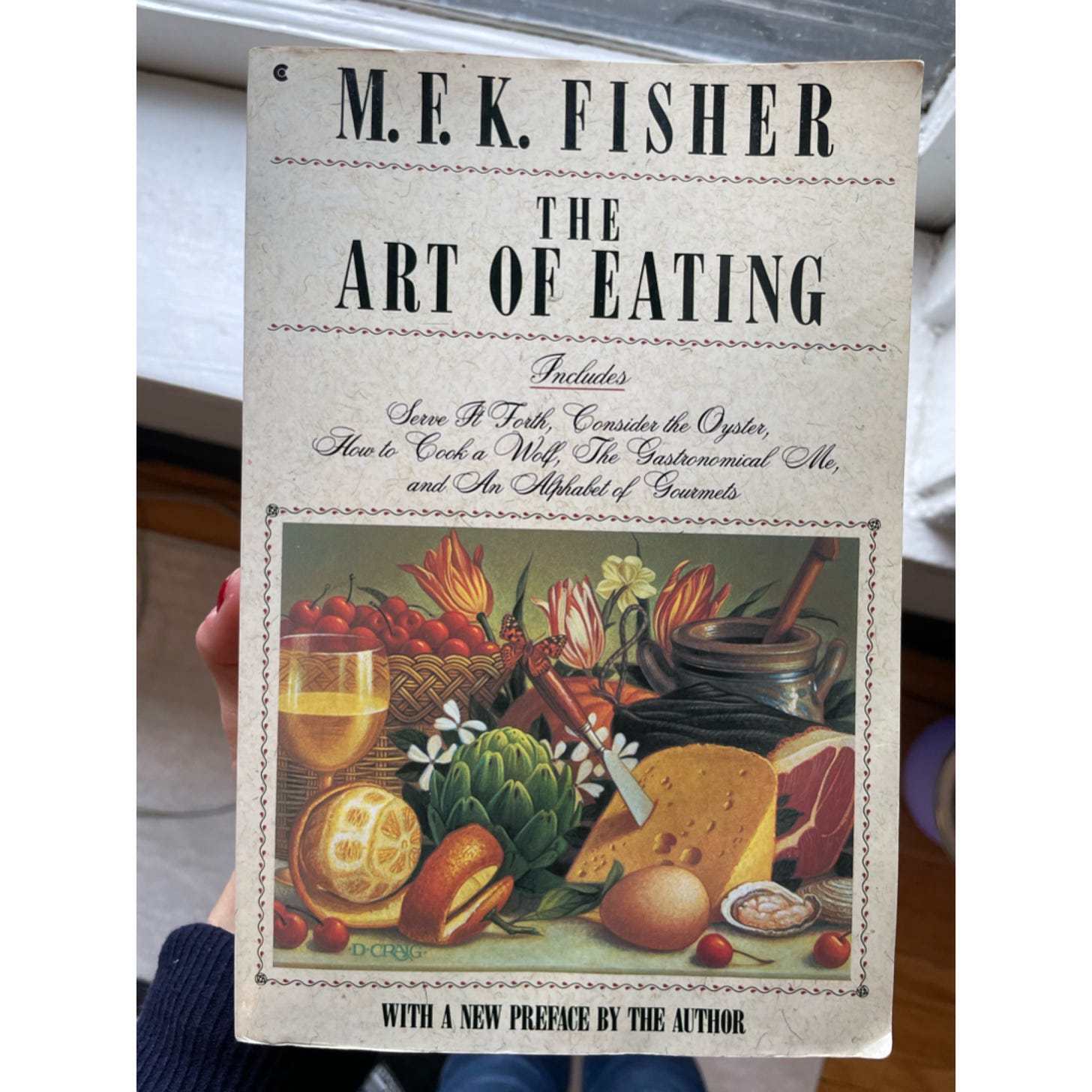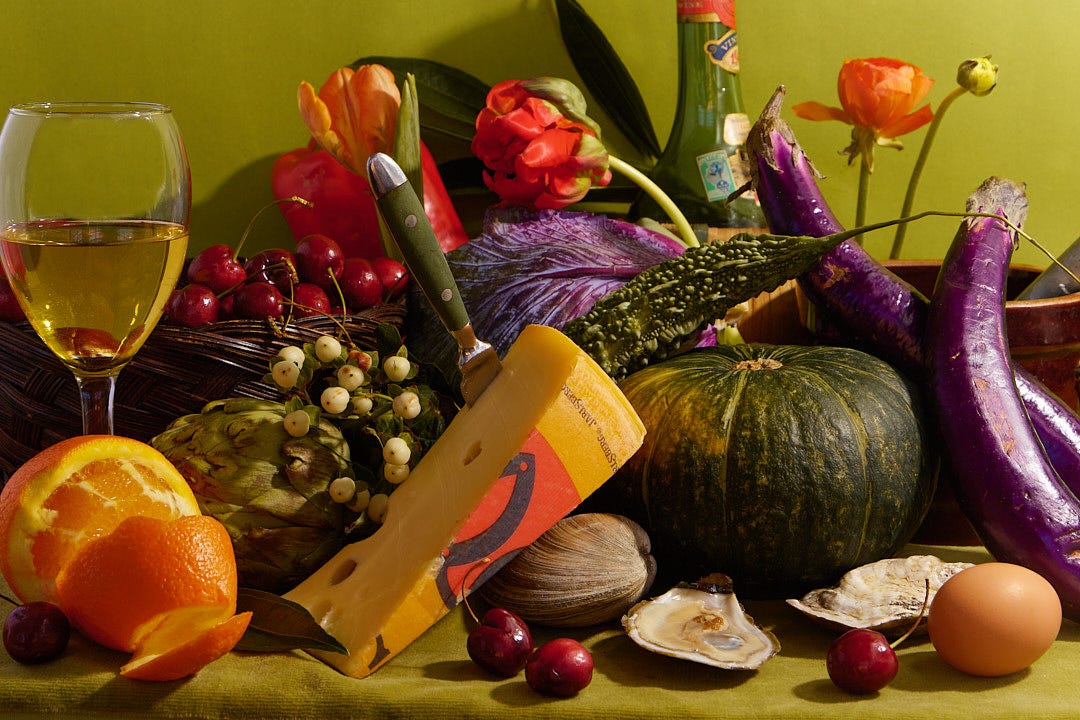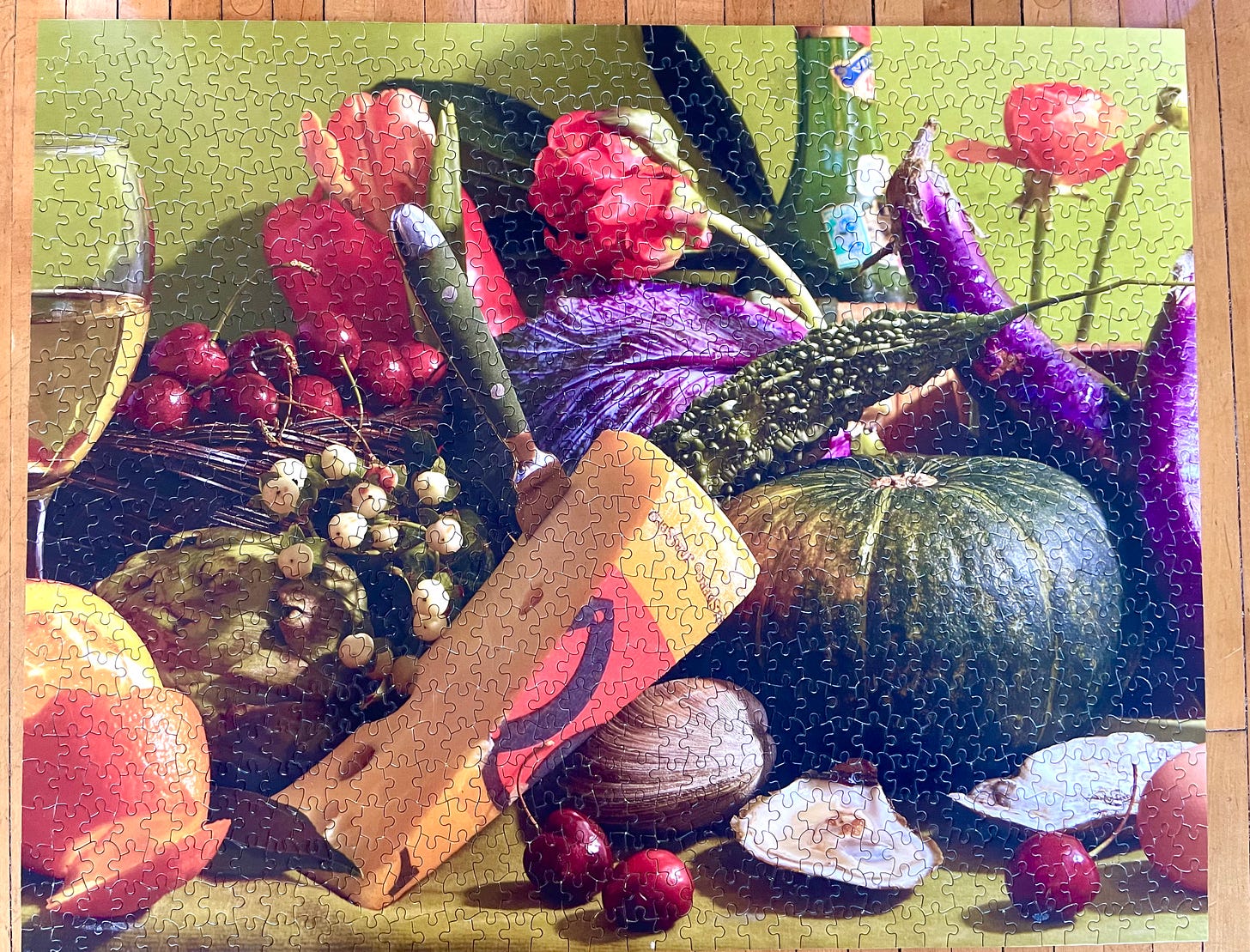The TL;DR here is that I took a photo and turned it into a puzzle. It’s gorgeous and fun to do, in my completely unbiased opinion, and if you, like me, are addicted to puzzling, you can buy one on my Society6 shop. My professional recommendation is the 500-piece version, but if you want to spend a week or more on the 1,000-piece behemoth, you have my undying respect.
We’ll get into puzzles in a moment, but before we do, a quick poll for you:
Have ideas besides what’s listed above? Reply to this email to let me know or leave a comment. I’m so grateful to all of you for being here and for the excitement and support you’ve shown so far. Here we go! To puzzles!
Puzzles are not a new love of mine. Growing up, puzzles were a staple, especially at my grandparents’ house. During family gatherings, the puzzle table was a space to sit and gather your thoughts in the midst of the frenzy. We went through puzzles like chainsmokers: one after another, with a mounting sense of urgency and an intense concentration.
In my experience, you either love puzzles or you cannot fathom why someone would put their energy into such a fruitless task. My grandmother (Mammaw) is a puzzle lover; my grandfather (Papa) was not. “Why would you go to the trouble of chopping up such a pretty picture in the first place?” he used to tease. He was infamous for stealing a single puzzle piece and carrying it around in his shirt pocket until we had finished the puzzle so he could put in the last piece and claim victory.
Now that I’m a photographer, I’ve realized that Papa was onto something. Putting pretty pictures that have been chopped up into hundreds of pieces back together is, by its very nature, futile. But that doesn’t stop me from loving puzzles with a deep, masochistic passion. Something about the sweet, sweet torture of knowing that you can’t cheat your way to the finish line makes them absolutely irresistible to me.

A few weeks ago, I was working on Piecework Puzzle’s Tickled Pink puzzle. It’s not the first time I’ve done this puzzle, a 500-piece still life scene. It is sumptuous in its monochromaticity, bursting with flowers, citrus fruits, cherries, candies, and eggplants. When my brother first gave it to me for my birthday two years ago, I looked at it and groaned with a sick sort of anticipation. It was all pink! It was impossible to do! I couldn’t wait.
When I sat down to tackle the edges, I marveled at how many shades of pink were in the puzzle. What at first reads as a solid wall of pinks becomes, the closer you look, a mirage of oranges, reds, greens, yellows, and purples. It’s the first puzzle I can ever remember doing that felt intentional — this isn’t just a beautiful photo chopped up into hundreds of pieces; this is a photo that was created with exactly that in mind. I chatted with my mom, and told her my puzzle photo theory™. She said I should give it a try.
The concept of creating a photo to turn into a puzzle got lodged in the obsessive corner of my brain that keeps ideas captive. Much like the I Spy book series, the photos featured on Piecework Puzzles are all produced with extreme attention to the photo’s raison d'être. Just like you wouldn’t typically take photos of tables full of junk unless you were planning to occupy hours of children’s time, you wouldn’t normally fill a table with frozen treats of all shapes and sizes unless you were trying to create a delightfully challenging brainteaser. From purpose comes pleasure, apparently!
Like any other artist, I started to think about how I could piggyback on this idea in my own work. Inspired in part by the marvelously talented Detroit-based photography duo, Gerard + Belevender, who made a beautiful series of images in the style of I Spy called Found, I began casting scenes in my life and imaging them as puzzles. Nothing stuck. Then I picked this book up at the library:
Ding, ding, ding! Check out that still life by Daniel Craig (no, not that one). It’s kitschy yet classy. Saturated yet reserved. Styled yet casual. To say nothing of the content of this book, which you bet your sweet soul we’ll talk about later, it was the perfect puzzle fodder I’d been searching for. Fast forward one wild shopping trip to Valli/Goodwill, and the photo below was born.
Not a perfect match, but close enough for me and, by extension, you! Though based loosely on that original photo, the final components of the scene were largely chosen for their textures and colors, and the lighting and post-production focused on emphasizing those things to make the puzzle more fun to do.
I wanted it to be a puzzle like the ones I love at Piecework — one that makes you appreciate each piece as a building block of the beautiful whole. A romantic idea, no? Imagine my abject horror when I dumped the box onto the table and realized I had accidentally ordered 1,000 pieces (not my typical 500) and now had as many chances to do just that.
Strangely, this puzzle almost broke me. I assumed that having built the scene, I had some sort of cheat code or inherent instinct to guide its reassembly. I did not. At all. I grumped about for a while; salt chafing in my wounds not only because this puzzle was kicking my ass, but because I had nobody but myself to blame for it. I was a joy to be around during this time, I’m sure.
But when I stopped pretending I knew what I was doing and ceded control back to the puzzle gods, I was able to see each [impossibly tiny, one of 1,000] piece for what it was: a spot of green in a glass of white wine. An almost purple blotch of iridescence on a red cherry. The super-saturation of a wine label that otherwise appeared faded to the ages. A part of a whole.
Since I finished it, I’ve found myself making other photos to turn into puzzles just so I can be the one to put them back together. There’s some sort of statement about my psyche in there, I’m sure, but until my next therapy session, I can’t say for sure what it is.







Such gorgeous puzzles! 😍 For some reason it's not letting me vote, but ⬆️ for food news and interviews with fun people! 👩🍳